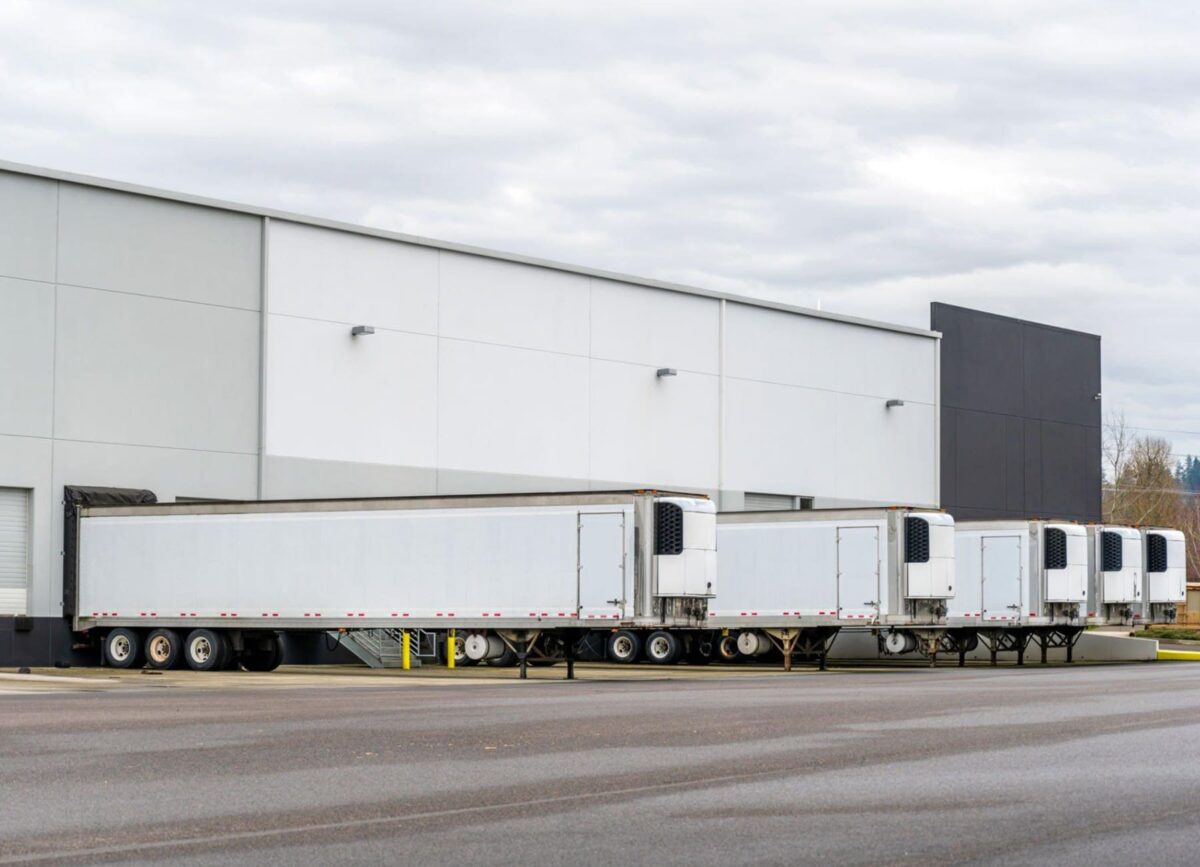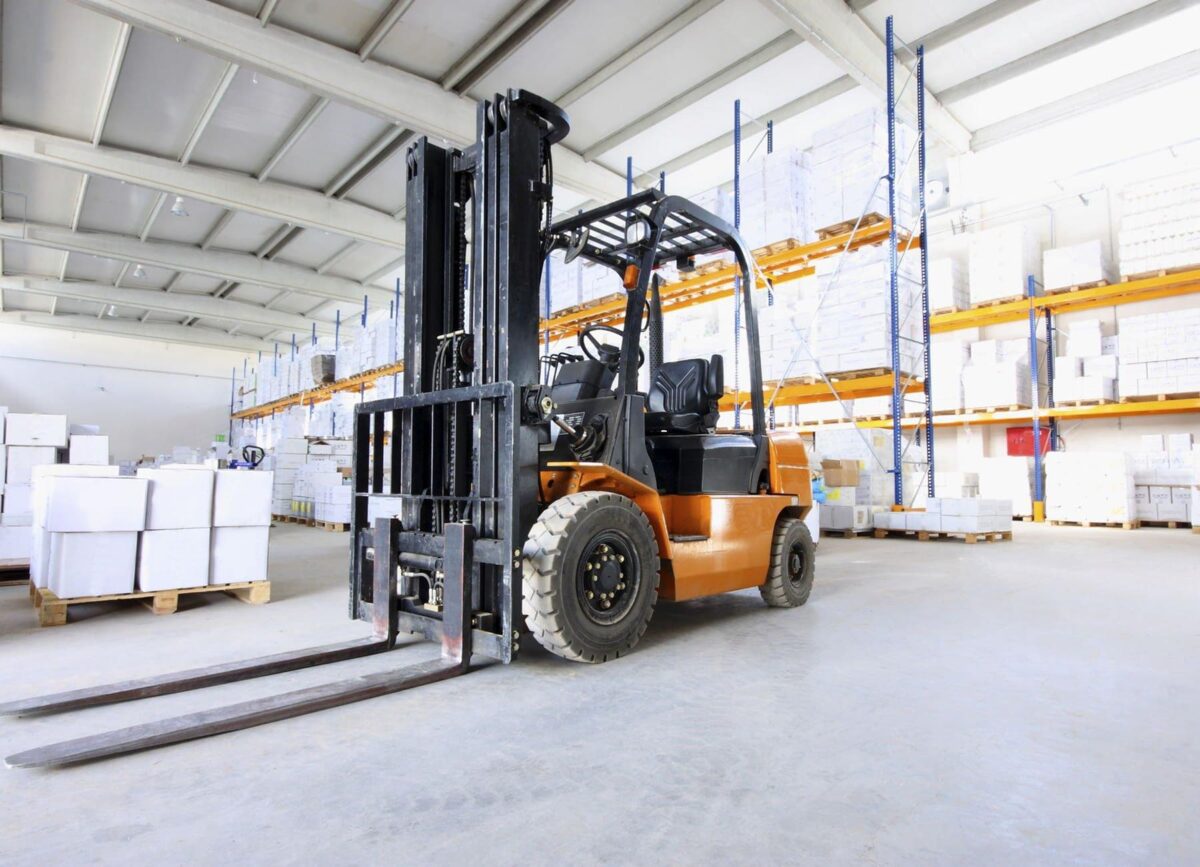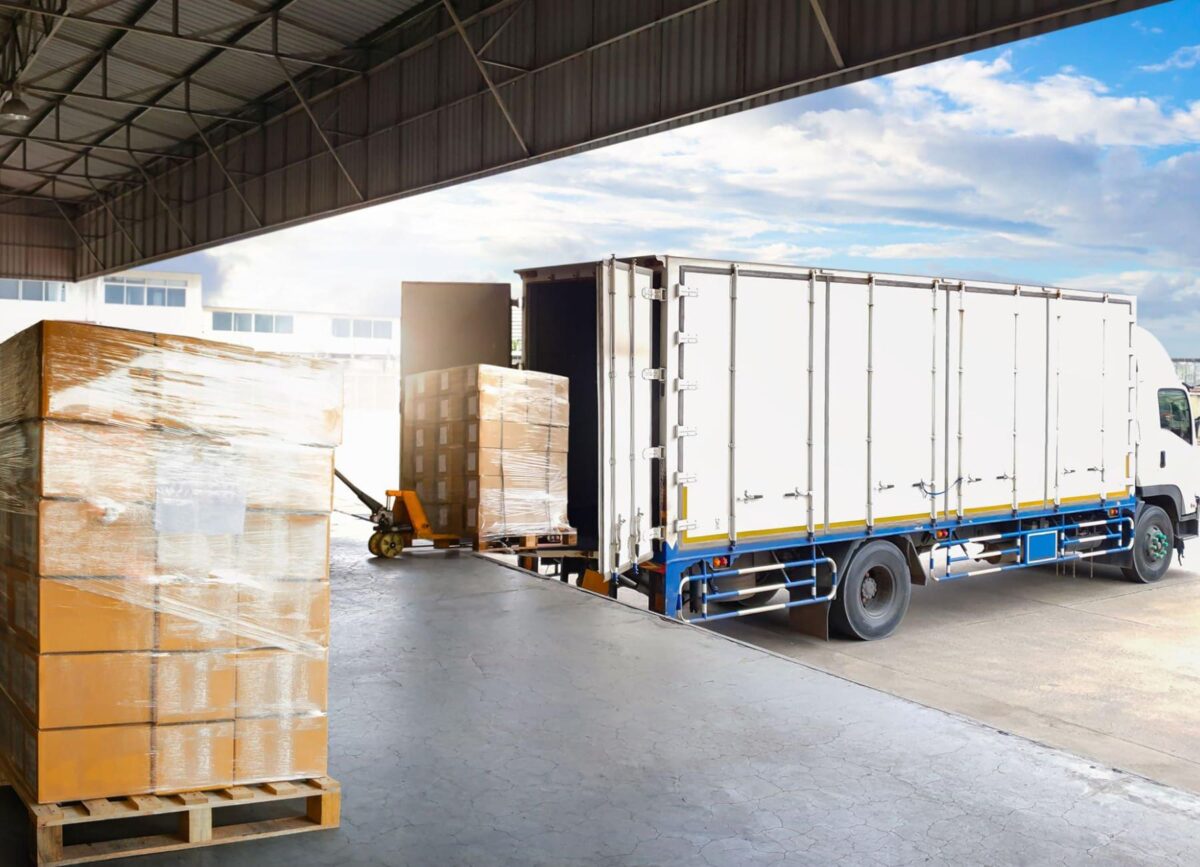The Canadian trucking industry plays a pivotal role in the nation’s economy, serving as the lifeblood of commerce and ensuring the smooth flow of goods across vast distances. As a country known for its vast landscapes and diverse regions, Canada heavily relies on an efficient and robust trucking network to connect businesses, communities, and consumers from coast to coast.
In this blog post, we will delve into the intricacies of the Canadian trucking industry, exploring its significance and shedding light on key aspects that contribute to its success. By understanding this sector’s unique challenges and opportunities, individuals and businesses can make informed decisions to maximize their involvement and thrive in this dynamic landscape.
The article will provide a comprehensive overview of the blog post content, covering various crucial topics. We will examine the essential skills and qualities required for success in the Canadian trucking industry, emphasizing the physical and mental stamina, communication proficiency, and navigation expertise necessary to excel in this demanding field.
Additionally, we will explore different trucking business models from the perspectives of owner-operators and company drivers, weighing the advantages and disadvantages of each approach. We will also delve into fleet management strategies, route planning, optimization techniques, and compliance with Canadian trucking regulations.
By the end of this blog post, readers will have a solid understanding of the intricacies of the Canadian trucking industry and gain valuable insights to maximize their success within this ever-evolving sector. So, let’s embark on this informative journey and discover the pathways to prosperity in Canadian trucking.
Essential Skills and Qualities for Success in Canadian Trucking
In the demanding realm of Canadian trucking, possessing unique skills and qualities is paramount to achieving success and standing out in the industry. This dynamic field requires individuals to demonstrate physical and mental stamina, exceptional communication and interpersonal skills, comprehensive navigation and geographical knowledge, and unwavering compliance with regulations and certifications.
Physical and mental stamina form the foundation of a successful trucking career. The nature of long-haul journeys and extended periods on the road necessitates endurance and resilience. Truck drivers must maintain focus and alertness during extended drives, manage fatigue effectively, and adapt to varying weather conditions and challenging terrains.
Effective communication and interpersonal skills are essential in the world of Canadian trucking. Drivers must engage with diverse stakeholders, including clients, dispatchers, and fellow drivers, conveying information accurately and building professional relationships. Clear communication ensures smooth operations, efficient coordination, and customer satisfaction.
Navigation and geographical knowledge are indispensable in the trucking industry. Truck drivers must understand routes, road systems, and traffic patterns to navigate Canada’s vast landscapes efficiently. Proficiency in reading maps, using GPS technology, and staying updated on road conditions contributes to timely deliveries and optimized route planning.
Compliance with regulations and certifications is a non-negotiable aspect of Canadian trucking. Drivers must adhere to federal, provincial, and territorial laws pertaining to hours of service, load securement, and vehicle maintenance. Holding the appropriate licenses and certifications, such as a commercial driver’s license (CDL) and endorsements, ensures legal compliance and upholds industry standards.
To excel in the challenging world of Canadian trucking, individuals must cultivate and refine these essential skills and qualities. By continuously honing their physical and mental capabilities, nurturing effective communication, expanding geographical knowledge, and staying up-to-date with regulatory requirements, aspiring truckers can position themselves for long-term success in this critical industry.
Conclusion: Recap of Key Points Discussed
Throughout this article, we have explored the dynamic and vital world of Canadian trucking. We delved into the essential skills and qualities required for success in this industry, emphasizing the significance of physical and mental stamina, effective communication and interpersonal skills, navigation expertise, and compliance with regulations and certifications.
By highlighting these key points, we have shed light on the multifaceted nature of the Canadian trucking profession. It is a demanding field that requires a unique blend of physical endurance, mental resilience, and the ability to navigate diverse landscapes efficiently. Effective communication and interpersonal skills are crucial for building strong relationships with stakeholders. At the same time, compliance with regulations ensures safety and adherence to industry standards.
As we conclude, we encourage readers to take action and maximize their success in Canadian trucking. This industry offers abundant opportunities for growth and prosperity, but it also requires continuous learning and adaptation. By honing their skills, staying informed about industry trends and regulations, and embracing technological advancements, individuals can position themselves for long-term success.
To thrive in the Canadian trucking industry, it is essential to embrace a mindset of continuous improvement, maintain professionalism, and prioritize safety. By leveraging the knowledge gained from this article and staying proactive in their approach, readers can navigate the roads of Canada trucking with confidence and unlock the doors to a prosperous and fulfilling career.
Remember, success in Canadian trucking is not only about reaching the destination; it’s about enjoying the journey and continuously striving for excellence. So, equip yourself with the right skills, seize the opportunities that come your way, and drive towards a future filled with triumph and accomplishment in the captivating world of Canadian trucking.






